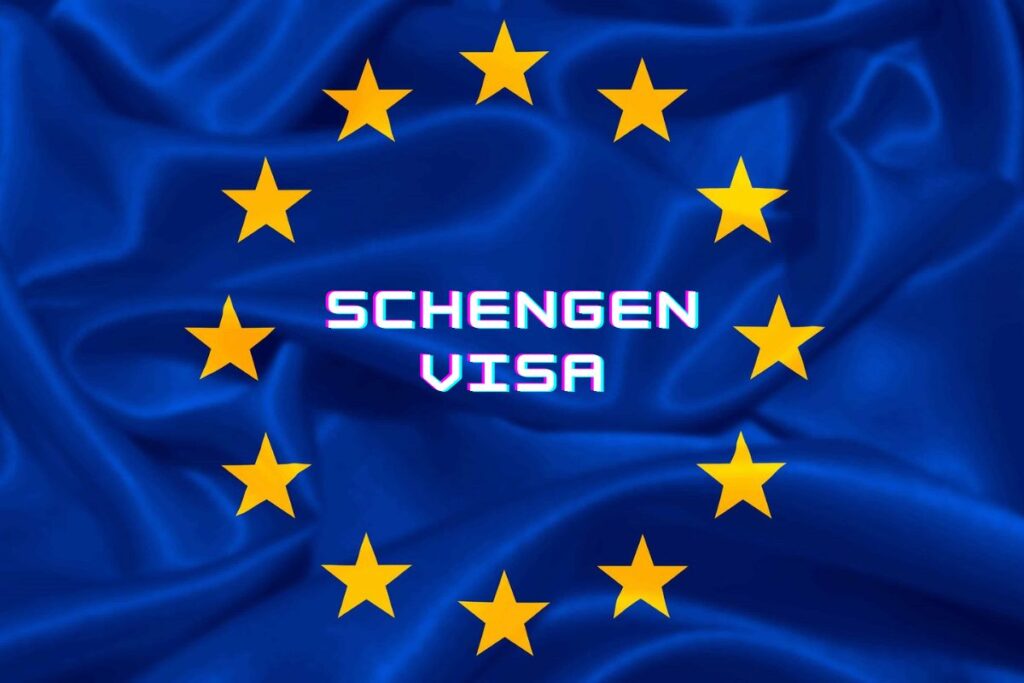
Traveling to Europe is a dream for many, and the Schengen Visa makes it easier by allowing tourists to explore 27 European countries with a single visa. Whether you’re planning to visit the romantic streets of Paris, the scenic landscapes of Switzerland, or the historic cities of Italy, the Schengen tourist visa opens up countless travel opportunities In this blog, we’ll take you through the process of applying for a Schengen Tourist Visa, what documents are required, and tips to ensure your visa application is successful.
What Is a Schengen Tourist Visa?
The Schengen Visa allows non-European citizens to travel to any of the 27 Schengen countries for short stays (up to 90 days within a 180-day period). This visa is ideal for tourists, business travelers, or those visiting family and friends. Countries within the Schengen area include popular destinations like France, Germany, Spain, Italy, and Greece, among others.
Who Needs a Schengen Tourist Visa?
If you are a citizen of a country that does not have a visa-free agreement with the Schengen Zone, you will need to apply for a Schengen visa before traveling. Citizens of countries such as India, China, South Africa, and many others must obtain a visa before entering the Schengen area.
Documents Needed to Get a Tourist Visa for Schengen
The following documentation must be gathered and submitted in order to apply for a Schengen tourist visa
completed application for a visa
You can usually download the application form from the embassy or consulate’s website where you plan to submit your application.
Valid Passport
At least three months should elapse after your intended departure from the Schengen area according to the validity of your passport. Additionally, it must include two or more blank pages for visa stamps.
You’ll need to provide two passport-sized photos that meet the Schengen visa photo requirements.
Proof of Travel Itinerary
A document detailing your flight bookings, accommodation reservations, and planned activities is necessary to demonstrate the purpose of your visit.
Travel Insurance
You must provide proof of travel insurance with a minimum coverage of €30,000 for medical emergencies and repatriation.
Proof of Accommodation
This can be a hotel reservation, a letter from a host, or other valid proof showing where you will stay during your trip.
Proof of Financial Means
You must demonstrate that you have sufficient funds to cover your expenses during your trip. Bank statements, pay slips, or proof of sponsorship are often required.
Cover Letter
Some embassies may request a cover letter outlining your travel plans, the purpose of your visit, and other relevant details.
How to Register for a Visitor Visa in Schengen
To apply for a tourist visa to Schengen, take the following steps
Choose Which Embassy to Submit an Application to
If you’re visiting more than one Schengen country, apply to the embassy of the country where you will spend the most time. If you are visiting multiple countries for an equal amount of time, apply at the embassy of the country where you will enter first.
Book an Appointment
Schedule an appointment at the embassy, consulate, or visa application center where you will submit your application.
Gather Required Documents
Ensure that all the required documents are ready. Double-check the embassy’s specific requirements as these can vary slightly from country to country.
Attend the Visa Appointment
Bring your passport and all of your documentation with you on the day of your appointment. You will also need to provide your biometric information (fingerprints) and pay the application price for a visa.
Wait for Your Visa Decision
After submitting your application, the processing time usually takes between 10 to 15 days. During busy travel periods, it might take longer, so it’s best to apply well in advance.
Tips for a Successful Schengen Visa Application
Apply Early : It’s recommended to apply for your visa at least three to four weeks before your planned trip.
Ensure Accuracy : Double-check all the details on your application form and documents to avoid delays or rejections.
Strong Financial Proof : Provide clear evidence that you have enough funds to support yourself during the trip.
Be Honest : Any discrepancies in your application or documents can lead to rejection, so make sure all the information is truthful and accurate.
What to Do If Your Schengen Visa Is Rejected
If your Schengen visa is rejected, don’t panic. You will receive a letter explaining the reasons for the rejection, and you can either reapply or file an appeal. Address the issues raised in the rejection and submit any additional documents needed to strengthen your case.
Final Thoughts
Applying for a Schengen Tourist Visa may seem like a long process, but with the right preparation and documentation, it’s quite straightforward. Once you have your visa in hand, you’ll have the freedom to explore some of the most beautiful destinations in Europe.
